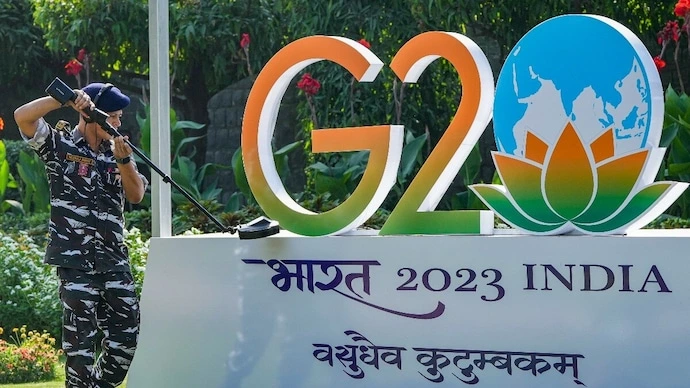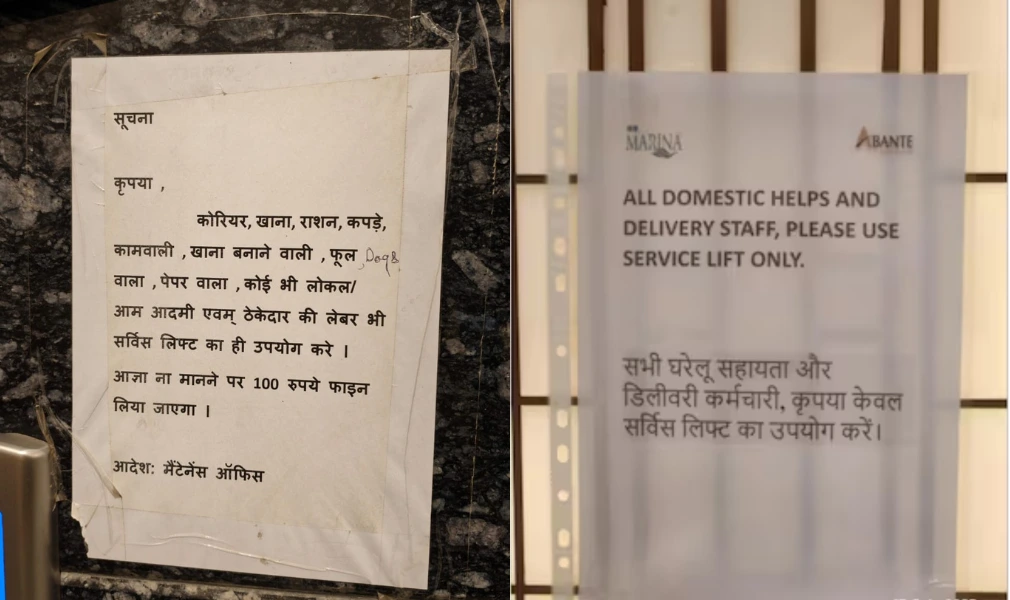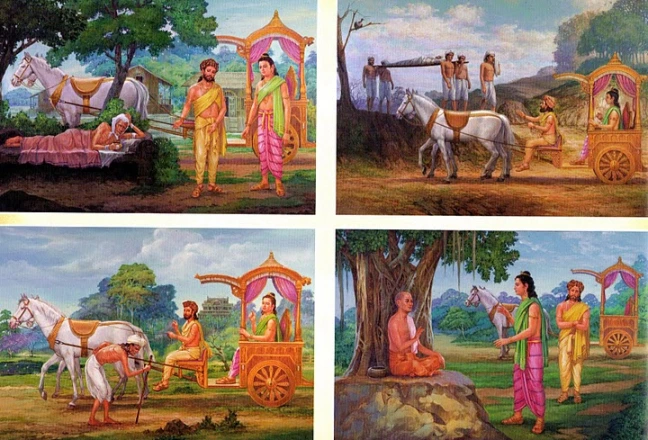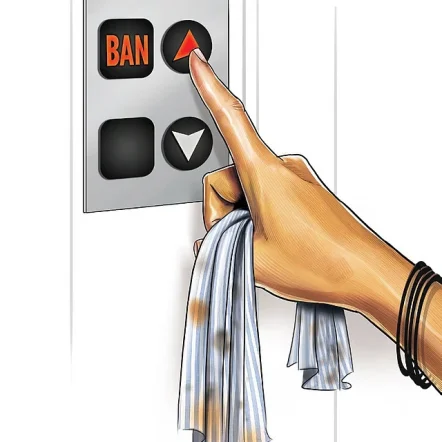“Service Lift Only”: The Silent Discrimination in Housing Societies
Vasudhaiva Kutumbakam: Slogan vs. Reality
“Vasudhaiva Kutumbakam”—the world is one family.
This was India’s proud message to the world during the 2023 G20 Summit. Yet within our cities, the way we treat our own people tells a different story.

The Contradictions we live with
- We say caste doesn’t matter anymore, yet subtle forms of discrimination persist.
- We talk about “homes for all,” but over 1.5 lakh homes have been demolished—by government bodies in 2022 and 2023.
- We boast Kashmir as an integral part of India, but are often hesitant to embrace Kashmiris as equals.
- And during the COVID-19 lockdowns, millions of migrant workers were left stranded—ignored by the very system meant to protect them.
The Unseen Divide in Gated Communities: ‘Service Lift Only’
In modern high-rise housing complexes, rules are drawn that create social segregation.
Most societies have two types elevators: For residents and only one for domestic workers, delivery staff, and drivers—the “service lift”

This isn’t just about elevators—it’s about dignity.
In many developed nations, all workers are treated equally in public spaces and common areas. But in India, economic disparity reinforces age-old caste-based hierarchies.
Children raised in such environments learn this subtle segregation early. They avoid service lifts, avoid interacting with “workers,” and unknowingly internalize prejudice. We forget that if these workers/helpers go on strike even for a day, our comfortable lives will come to a complete standstill.
A Gated Society or a Ghetto with Amenities?
Is a gated community any different from a ghetto, other than better facilities?
Children in these societies grow up in insulated bubbles—attending schools, clubs, and events with peers from similar backgrounds, religious beliefs, and economic conditions. They miss out on exposure to diversity, which fosters empathy, understanding, and inclusive thinking.
Sheltered lives breed insecurities: Breaking the Walls of Privilege
Think of Prince Siddhartha, who grew up in his palace shielded from the suffering outside. Only when he saw suffering did he begin his journey to become the Buddha. Similarly, many privileged children today remain unaware of inequality. When they finally see it, some may choose to make a difference, while others might cling to their privilege out of insecurity.

But not every change-maker was born privileged—many great leaders emerged from hardship and built empathy through struggle.
If we want compassionate, future-ready citizens, we must allow for interaction across class, caste, and religious lines.
We must stop pretending inequality doesn’t exist and instead, teach our children to recognize it—and do something about it.
A better society isn’t built with gates and guards—but with open hearts and shared spaces.
So, here’s a question worth asking: If we teach our children to fear or avoid those who are different from us —what kind of adults are we raising?
Further Reading:
The courage to be yourself (and how pluralistic ignorance impacts)




